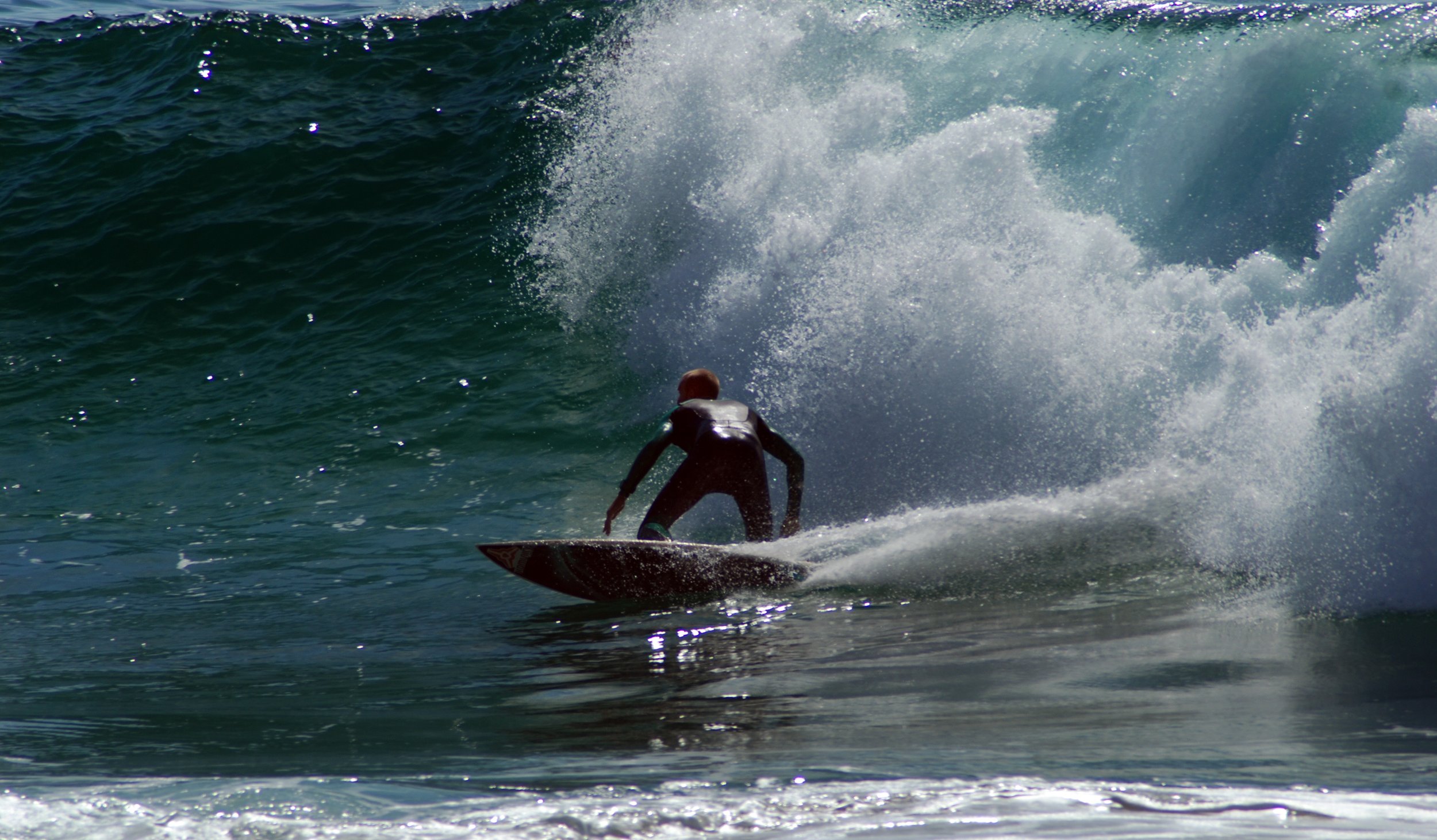Tail Shapes: squash, round or swallow, which one are you?
Published in Wavelength issue 217
When it comes to tails, technically, you only need two types; the rest could be stated as being gimmicky, and although some of them make sense, some definitely don’t.
The Round Tail
Also known as a thumb tail or rounded pin, these curved tails have no defined release point, which translates to more carved and fluid turns on the wave. They also have the least amount of surface area compared to the others, which means they create less lift and are technically easier to sink and therefore to turn. So less force is needed by the rider to sink the tail and therefore roll the board from rail to rail in turns. Power surfers such as Occy, Russ Winter, Taylor Knox and even Slater all have ‘Like’ ticked for round tails. Due to their ease and flow in turns, extreme pressure and freakish control can enable you to do roundhouses where everyone else is hitting the lip. Just watch Slater´s hacks!
Round tails’ slightly more tweaked-up brother would be the pin tail. These give a sole release point to help control extreme speeds in bigger or hollower waves.
The Square Tail
Also incorporating the squash, rounded squash, chopped and many other variations, the square tail has the most tail area and also two highly defined release points for the water to flow off the board. Due to its surface area, more force is required to sink and roll the board from rail to rail so this gives the board a snappier feel. This is the most common tail used and is generally seen as the best for all round conditions. Taj Burrow, with his aggressive and snappier style, almost looks like he built his surfing with squash tails in mind. Dane loves them, but likes some variations such as the chopped square that you’ll see on a few of his weirder small-wave boards.
Square tail variants include the squash, which is a slightly less aggressive square tail. The points have been rounded off, so there’s less volume, slightly more flow off the tail, but still some subtle release points. A squash or rounded square (same thing) would sit in-between the two main tails above.
The Weirder Ones
The swallow tail; this is a square tail with a triangular wedge cut out of the back. This defines the release points even more, but more importantly removes a large chunk of foam (AKA volume) out the tail. It’s easier to sink, so slightly easier to turn, and way easier to ding in the car park pre and post surf!
The fish tail; this is built upon the principles of a short wide board with a square tail. Then you remove heaps of volume out the tail centre. This reduces volume and lift out the tail, making it easier to sink and turn. However the difference between a fish tail and a swallow tail is the curves used where the chunk was removed. The fish tail actually gets used as a second keel fin when the board is rolled way over on its rail. So if your retro fi sh is always sliding out, get low in your stance and dig that rail in deep. Check out Rasta doing a grab rail cutback and you´ll get the drift (well less actually).
The rocket tail; this is a round tail with two release points bolted on the side. This increases the rail length of the board slightly, which gives more speed (see last month´s article), and two subtle release points. Plus it gives the slight benefits of the round tail.
The diamond tail; obviously shaped like a diamond, this is like a round tail, but with benefits of a squash. And then we enter the gimmick zone. The bat tail could be seen as belonging here; I´m sure someone could give me a great explanation of the intricacies of the design, however, when riding one they just feel a bit like a squash. Personally, I think the real customisation on a board could be in the form of asymmetrical tails. The logic behind them being that we can´t turn the same on our backhand as we do on our forehand. Food for thought until next month!










Why do tail shapes affect the performance of your surfboard? What tail shape is going to best suit the conditions you're about to surf in? All these questions answered within, click to read more